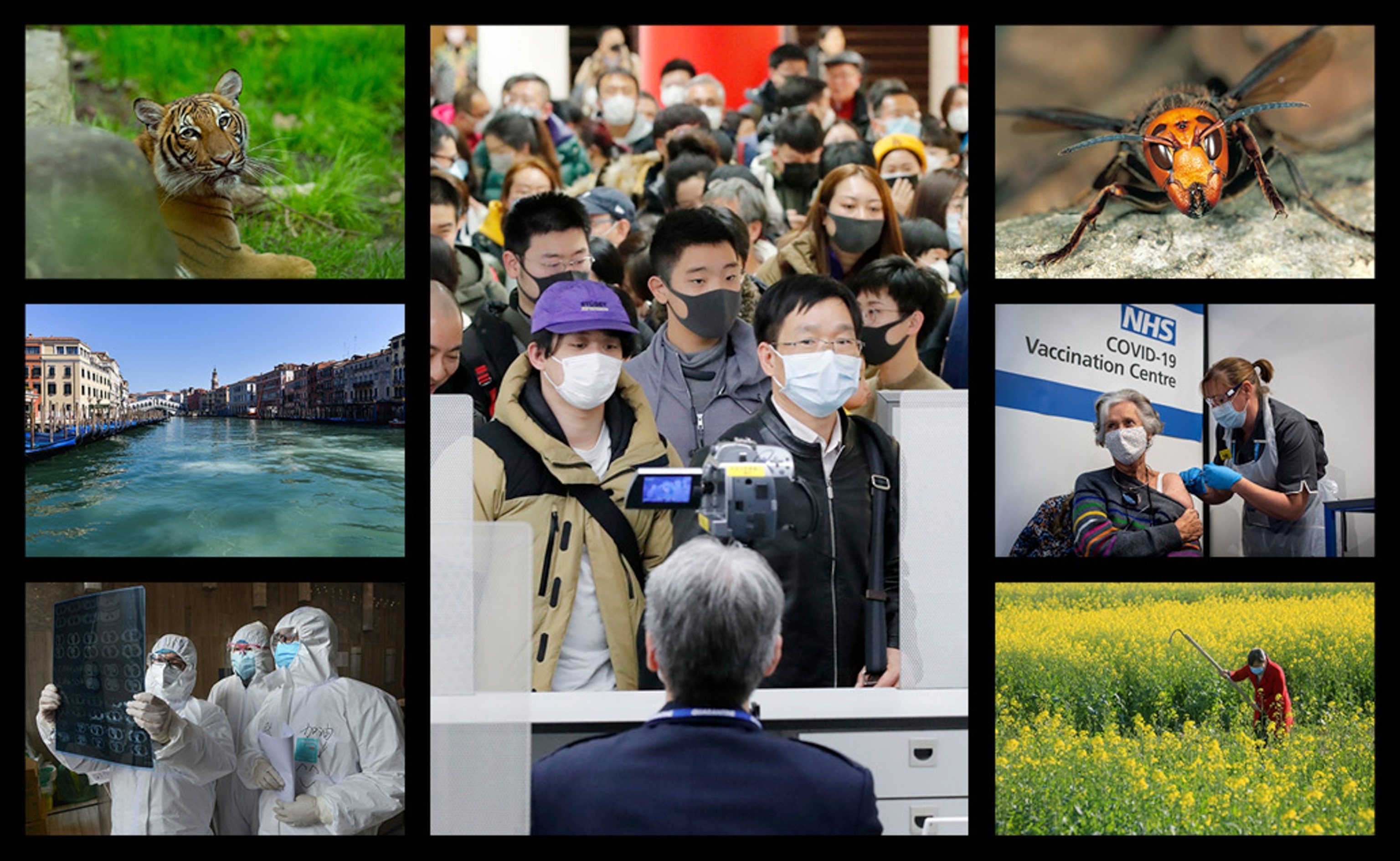
The 10 most popular Nat Geo stories of 2020
COVID-19 dominated our readers' attention in 2020—but murder hornets swarmed in as well.
There has never been a year like 2020. As the world battled the COVID-19 pandemic, it was also confronted by record-shattering wildfires, mass protests against police brutality, a historically divisive U.S. presidential election, and a plague of desert locusts. This year also brought a new era for spaceflight, the return of Tasmanian devils to mainland Australia, and the end of history’s second-largest Ebola outbreak.
These stories were all incredibly important. But, for Nat Geo readers, the pandemic dominated. Most of our top-read stories of the year tackled the science behind the disease and explored how the world sought to stem its spread, and its effects on both humans and wildlife. (The arrival of murder hornets, too, got our readers’ attention.) Here are our top 10 stories from 2020.
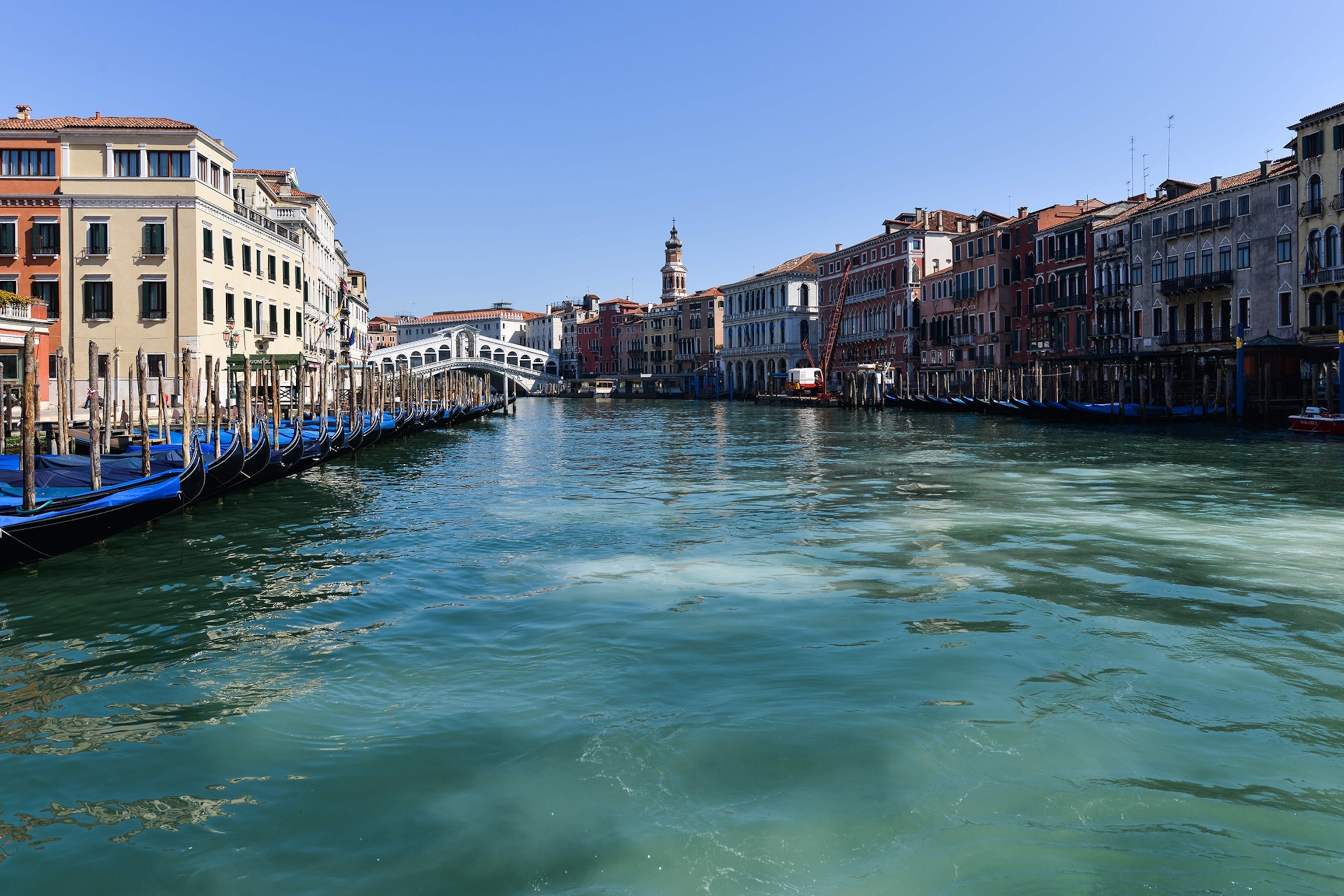
1. Fake animal news abounds on social media
It’s no surprise that people looked for good news wherever they could find it during such a difficult year. But sometimes that news was too good to be true—including reports of wild animals flourishing in cities quieted by pandemic lockdowns.
As Nat Geo’s Natasha Daly reported in our top story of 2020, these stories of swans returning to Venetian canals and drunk elephants wandering into a Chinese tea garden were faked. Daly also explains why we wanted so badly to believe in these stories—and offers examples of real good news about how wildlife benefited from our lifestyle changes during the pandemic.
2. What coronavirus does to the body
Back in February, little was known about the novel coronavirus that was ripping its way through China—and soon would be criss-crossing the world. But we did know how past zoonotic coronaviruses such as SARS and MERS could cast a storm over the whole human body.
By combining research on the new outbreak with lessons learned from those diseases, Nat Geo explained what happens inside the body when it is infected by the coronavirus—from hole-punched lungs to blood storms brought on by an immune system response.
3. How some cities ‘flattened the curve’ during the 1918 flu pandemic
This wasn’t the first year that the world learned how to social distance. In 1918, a deadly strain of influenza known as the Spanish flu spread across the world, prompting cities to shut down public gathering spaces. Some fared better than others, however.
In this graphic-driven story, Nat Geo’s Riley Champine and Nina Strochlic illustrated how case counts rose and fell in 36 U.S. cities—revealing how some used quarantine measures to stem the flu’s spread, while others saw their case counts rise precipitously due to a lack of public health measures.
4. Coronavirus in the U.S.: Where cases are growing and declining
Nat Geo tracked the spread of the virus across the U.S. throughout the year, providing daily case count updates nationwide and down to the county level. By the end of the year, the U.S. recorded a million new cases every four to five days and daily deaths approached 4,000—a sign that people had grown tired of social distancing measures. (Here’s where the coronavirus is spreading across the world.)

5. How coronavirus spreads on a plane—and the safest place to sit
Air travel screeched to a crawl amid global lockdowns this year. But, for some, travel was unavoidable—and screening and safety measures taken by airlines were little consolation to anyone who had to board a flight. In January, Nat Geo took a look at the science behind how viruses spread on a plane and the safest place to sit to avoid infection. Hint: You might want to consider grabbing a window seat from now on.
6. What you should know about 'murder hornets’
If there was one thing that terrified Americans as much as the coronavirus last year, it was the arrival of so-called “murder hornets.” In May, Nat Geo’s Doug Main reported that Asian giant hornets—the world’s largest wasps—were spotted in Washington State. Native to East Asia, these insects are known for decimating honeybee colonies and their toxic venom kills an average of 30 to 50 people a year in Japan.

But Main cautioned against alarm as efforts to stop the hornets from spreading had already begun—and, in a later piece, documented how our unfounded fear of insects can harm both them and us.
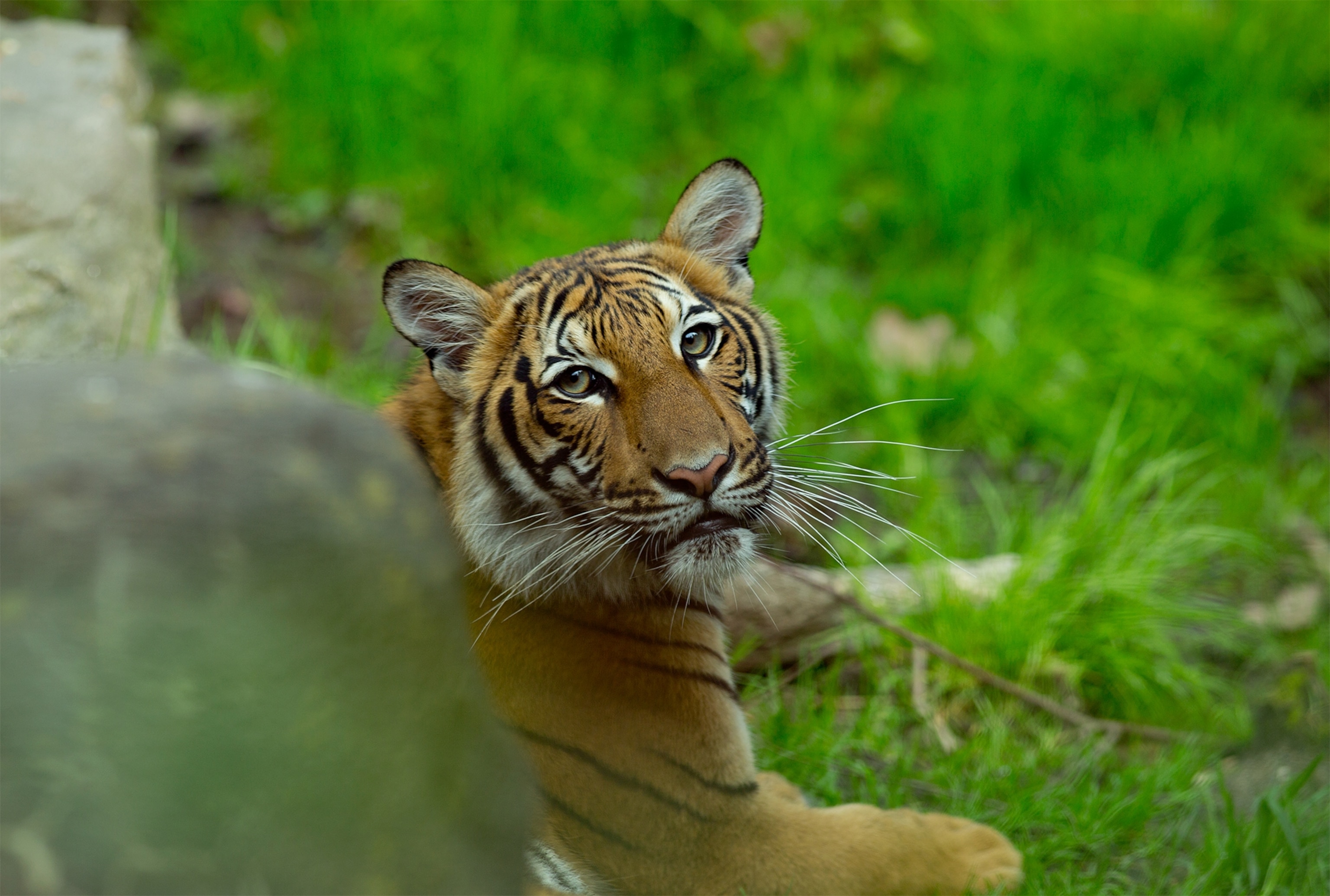
7. When humans spread the coronavirus to animals
Not only did humans give other humans COVID-19; they gave it to animals as well. Natasha Daly discovered five tigers and three lions at the Bronx Zoo tested positive for the coronavirus in the spring. Zoo officials said the big cats likely contracted the virus from an infected but asymptomatic zookeeper. Humans also infected minks in Europe, in Canada, and in the United States, leading to mass culls of the animals.
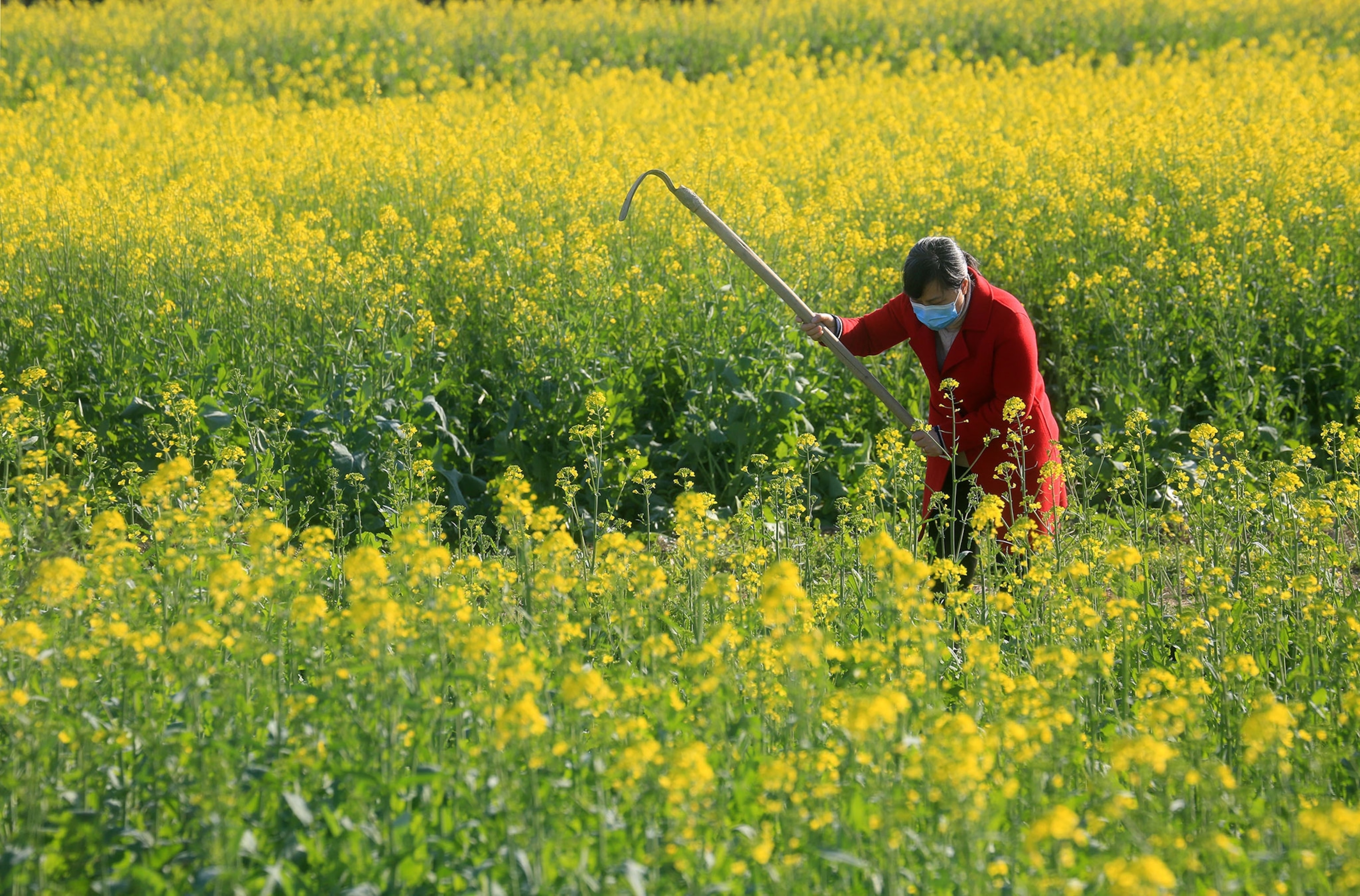
8. Does warmer weather weaken the coronavirus?
Early on, it was hoped that warmer weather would weaken and curtail COVID-19. In March, Sarah Gibbens questioned that assumption, saying it arose mainly from knowledge of the flu, which generally strikes hardest in the Northern Hemisphere from October to April or March. Scientists cited closer quarters for humans indoors and a lengthening vitality of the virus in dry cold air as reasons. However, the virus kept plowing through the world, aided by inconsistent adoption of protective measures, throughout the summer and fall as well.
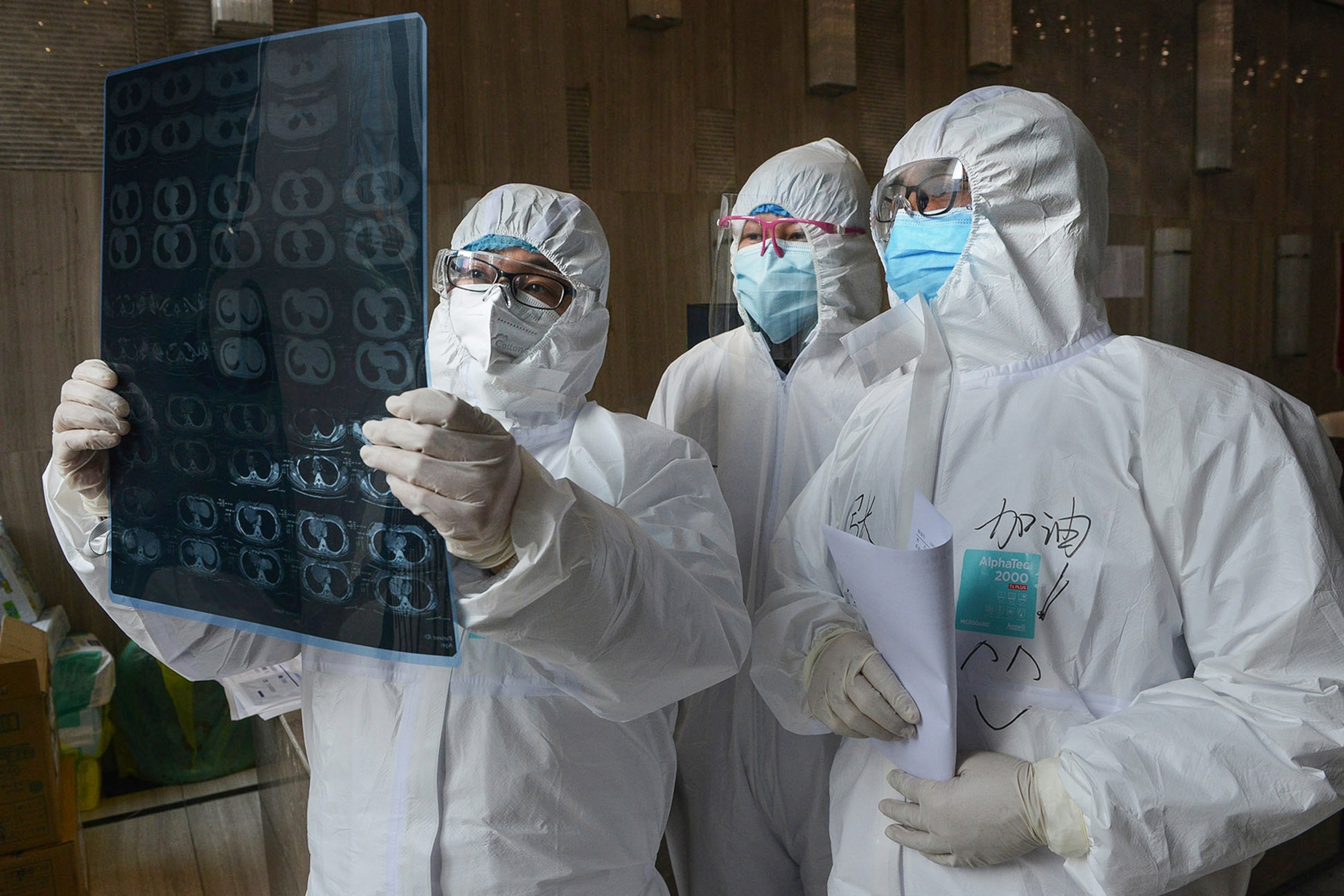
9. The underlying conditions that make COVID-19 more severe
In March, we publicized conditions such as high blood pressure, diabetes, and cardiovascular disease that could make the coronavirus worse. We also showed how the coronavirus can endanger people outside the elderly and infirm. “We cannot say that we care about millions when we don’t care about an individual who may be senior or junior,” said Tedros Adhanom Ghebreyesus, director-general of the World Health Organization. “Every individual life matters.”
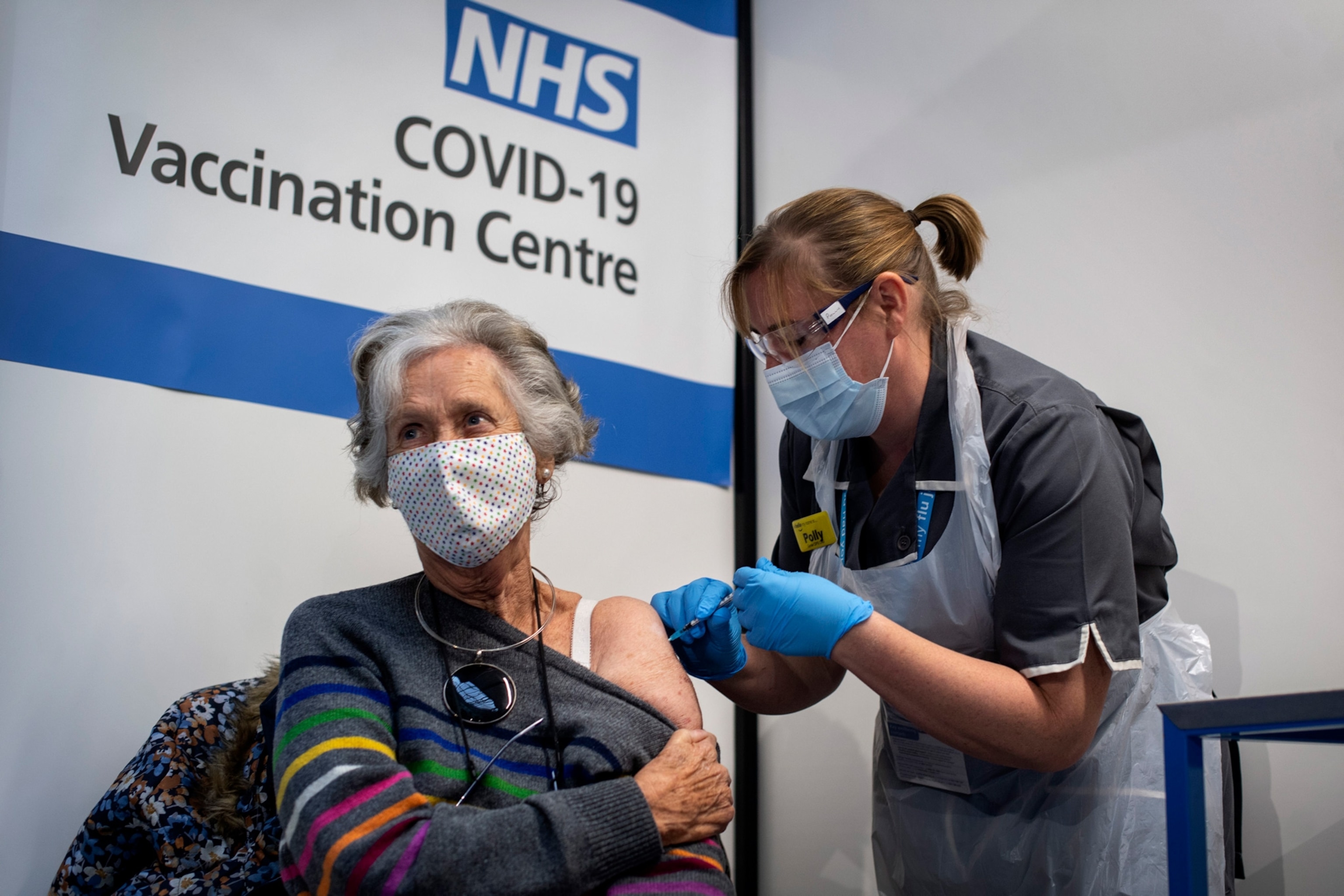
10. Here’s the latest on COVID-19 vaccines
All eyes were on the race to develop a COVID-19 vaccine in 2020—and that effort surpassed all expectations with vaccines reaching consumers in record time. Nat Geo has been tracking all of the vaccines in development to provide readers with the latest news on which candidates have been approved, how well they work, and how they’re being distributed in countries around the world.
David Beard contributed to this report.
